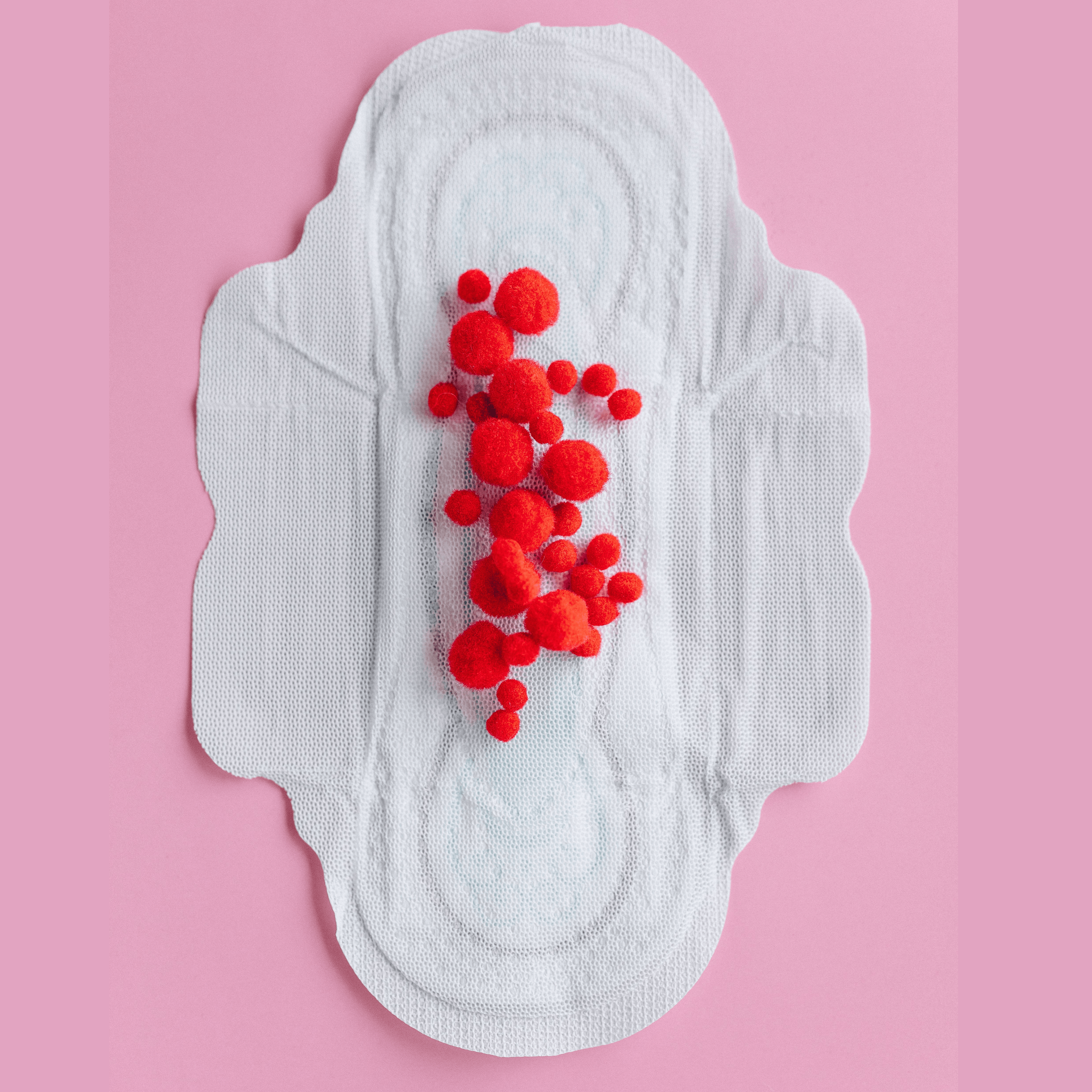Prebiotic vs. Probiotic – What’s the Difference?
Written by: Adrienn Myers-Woods
I will never forget the look of terror on my toddler’s face as I begged her to please just eat her yogurt because it has “lots of good bacteria.” Up until this point, she knew that bacteria and germs were bad news, and that you could wash your hands to get rid of the bad guys. It took a few different conversations, some pinky promises, and a few samples of different yogurt varieties, but she was finally convinced that the “good bacteria” were good guys, and they were there to help her tummy and overall health. Now you are not a toddler, obviously. But the world of good and bad bacteria, prebiotics vs. probiotics, can still be pretty confusing.
What are they?
Prebiotics
So let’s break down what these good guys are, and how they’re different. Prebiotic foods are typically dietary fiber-rich, like whole grains, leafy greens, garlic, bananas, and onions. These complex carbohydrates “feed” the beneficial gut bacteria, especially in your gastrointestinal tract. Prebiotics don’t actually contain live bacteria, but instead stimulate the growth of important live microorganisms to promote digestive health. Including these prebiotic foods in your diet can offer significant health benefits, supporting everything from digestion to immune function.
Probiotics
Probiotics are live microorganisms found in a dietary supplement or food that add to the already important population of healthy gut bacteria and the rest of your body. The most common strains for probiotic supplements are Lactobacillus and Bifidobacterium. You can find them in fermented foods like yogurt, kombucha, and sauerkraut.
Prebiotics don’t actually contain live bacteria, but instead stimulate the growth of important microorganisms to promote digestive health. The role of probiotics include helping with gut health and function, supporting your immune system, and keeping your vagina happy and healthy. Both of these big helpers can promote regular bowel movements, just in time for the holidays.
To break it down even further, probiotic foods add to the good stuff, prebiotics feed the good stuff that’s already there.
How to use probiotics and probiotics?
Now you’re armed with all this great information. . . but which prebiotic supplement and probiotic supplement do you choose? It seems like there’s hundreds, they’re all packaged differently, the names are confusing, what’s a girl to do?! You can always start by reaching out to your healthcare provider for their recommendation for women’s health probiotics and they can make sure you’re choosing a product that is safe for you. And of course, do your own research, don’t break the bank, and consider purchasing a reputable brand like pH-D® Feminine Health.


